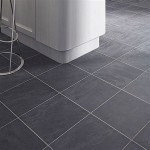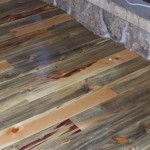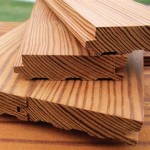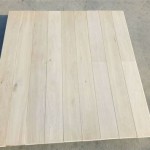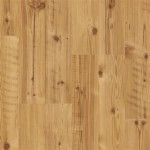Essential Aspects of Vinyl Flooring and Fitting
Vinyl flooring has gained immense popularity in recent years due to its durability, style, and affordability. It offers a wide range of designs that mimic the appearance of natural materials such as wood, stone, and tile, making it a versatile choice for any space.
To ensure a successful vinyl flooring installation, it is crucial to understand the key aspects involved. Here is a comprehensive guide to the essential factors to consider when choosing and fitting vinyl flooring:
1. Types of Vinyl Flooring
There are two main types of vinyl flooring: luxury vinyl tiles (LVT) and sheet vinyl. LVT consists of individual planks or tiles that are glued or snapped together, while sheet vinyl comes in continuous rolls and is adhered to the subfloor using adhesive.
2. Flooring Thickness and Wear Layer
The thickness of vinyl flooring refers to its overall depth, while the wear layer is the protective top layer that protects against wear and tear. A thicker wear layer typically indicates greater durability and can withstand heavier foot traffic. It is important to choose an appropriate thickness and wear layer based on the intended use and location.
3. Subfloor Preparation
Proper subfloor preparation is essential for a successful vinyl flooring installation. The subfloor should be level, smooth, and free from moisture and debris. If necessary, install underlayment to level the subfloor and provide additional insulation and soundproofing.
4. Installation Method
LVT is typically glued or snapped together using a locking system, while sheet vinyl is adhered to the subfloor using adhesive. It is important to follow the manufacturer's instructions for installation to ensure proper adhesion and prevent buckling or lifting.
5. Trimming and Finishing
Once the vinyl flooring is installed, trim the edges around the perimeter of the room to fit the shape. Use quarter-round molding or transition strips to cover gaps and smooth out transitions between the flooring and walls or other surfaces.
6. Maintenance and Care
Vinyl flooring is relatively easy to maintain. Regular cleaning with a damp mop or vacuum cleaner is sufficient. Avoid using harsh chemicals or abrasive cleaners, as they can damage the wear layer.
By carefully considering these essential aspects, you can ensure a successful vinyl flooring installation that will enhance the beauty and functionality of your space for years to come.

Average Cost Of Vinyl Flooring Installation In 2024 Forbes Home

How To Install Vinyl Floors Installation Guide Factory Direct Flooring

Guide To Fitting Vinyl Flooring Up 50 Off Free Samples

How To Lay Vinyl Flooring Checkatrade
How To Lay Vinyl Flooring Sheets Tiles And Planks Tarkett

Installing Vinyl Plank Flooring How To Fixthisbuildthat

Installing Vinyl Floors A Do It Yourself Guide The Honeycomb Home

How To Install Vinyl Plank Flooring The Home Depot

How To Install Vinyl Floors Installation Guide Factory Direct Flooring

How To Install Sheet Vinyl Flooring
Related Posts

